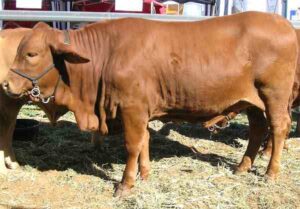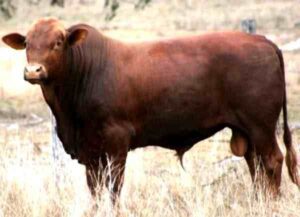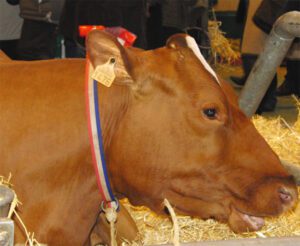The Angus cattle are a commonly used beef cattle breed of Europe and Australasia. It is also known as Aberdeen Angus in most part of the world where they are available.
They were developed in the early part of the 19th century. Angus cattle were developed from the cattle native to the counties of Aberdeenshire and Angus in Scotland.
As with other cattle breeds and sheep breeds in Britain, establishment followed improvements in husbandry and transport.
Currently there are three distinct and well-defined breeds of polled cattle in the United Kingdom. These three breeds are Angus, the Galloway and the red polled Norfolk and Suffolk breed.
These animals are naturally polled and solid red or black in color. Native color of this breed is black, but more recently red colors have emerged.
In the United States, black and red Angus cattle are regarded as two separate breeds. But in the United Kingdom, these two breeds are registered in the same herd book.
Today, the breed is available and raised in many countries throughout the world. Read more information about this cattle breed below.
Angus Cattle Characteristics
Angus cattle are medium to large animals with either black or red color. The udder of the cows may be white. They are naturally polled and have a large muscle content.
Average body weight of the bulls is around 850 kg. And the cows on average weight about 550 kg. [1]
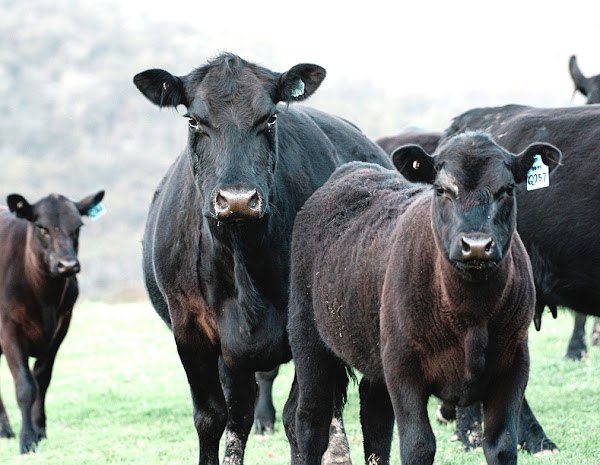
Temperament
One of the most desirable characteristics of Angus cattle is their docile temperament. They are calm, gentle, and easy to handle, which makes them ideal for first-time cattle farmers.
This trait also translates to a lower stress environment when handling or moving the cattle, reducing the likelihood of injury to both the animals and handlers.
Meat Quality
Angus cattle are renowned for their high-quality meat. The breed is known for its exceptional marbling, which gives the meat a tender texture and rich flavor.
Marbling refers to the intramuscular fat that is deposited within the muscle tissue. This fat helps to keep the meat moist during cooking and adds flavor. The higher the marbling score, the more flavorful and tender the meat will be.
Angus cattle are also known for their consistency in meat quality. This consistency is due to the fact that the breed has been selectively bred for generations for specific meat characteristics. The result is a predictable product that consumers can rely on for consistent quality and taste.
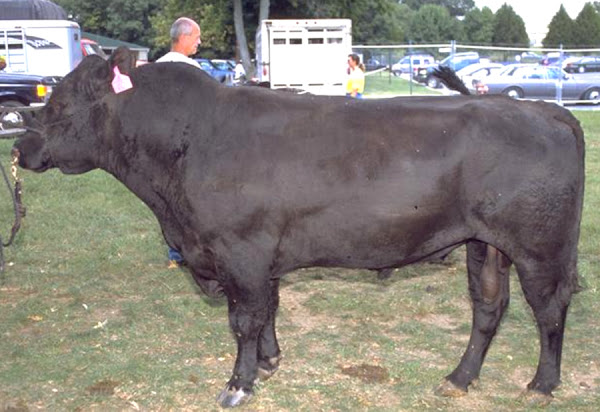
Adaptability
Angus cattle are adaptable to a wide range of environments and climates. They can thrive in both hot and cold climates, as well as in high altitudes.
This adaptability has made the breed popular in many different countries around the world.
Reproductive Efficiency
Another desirable trait of Angus cattle is their reproductive efficiency. Females reach puberty at an early age and have a long reproductive life.
They also have a high conception rate, which means they are more likely to become pregnant when bred. This makes them ideal for breeding programs that aim to improve herd genetics.
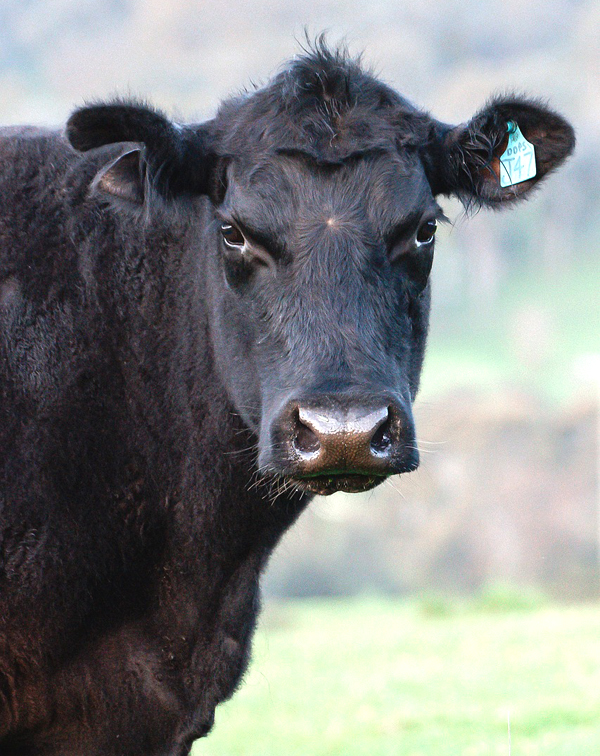
Uses
The Angus cattle are mainly used for beef production. They are noted for their superior meat quality.
Special Notes
Angus cattle are very hardy because of their native environment. They can survive the Scottish winter, which are typically harsh with snowfall and storms. The breed grows very fast as compared to many other cattle breeds.
They usually mature fast and have a high carcass yield with nicely marbled meat. They are also widely used for crossbreeding for improving carcass quality and milking abilities. The cows are good mothers.

These animals are usually of very good behavior and they have relatively calm temperament. Both bulls and cows are relatively very easy to care. Review full breed profile of this breed in the following table.
| Breed Name | Angus |
| Other Name | Aberdeen Angus |
| Breed Purpose | Meat |
| Special Notes | Very hardy and strong, well adapted to cold climates |
| Breed Size | Medium to large |
| Bulls | Around 850 kg |
| Cows | Around 550 kg |
| Climate Tolerance | All Climates |
| Coat Color | Black or Red |
| Horned | No |
| Milk Yield | Poor |
| Rarity | Common |
| Country/Place of Origin | Scotland |
